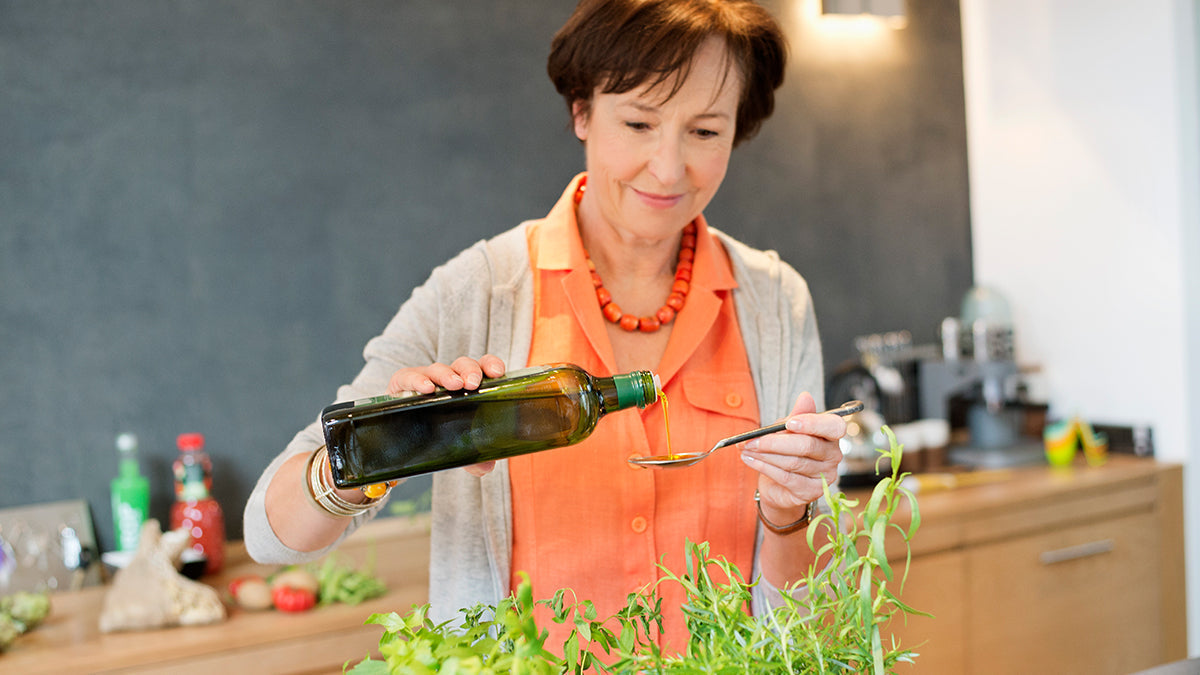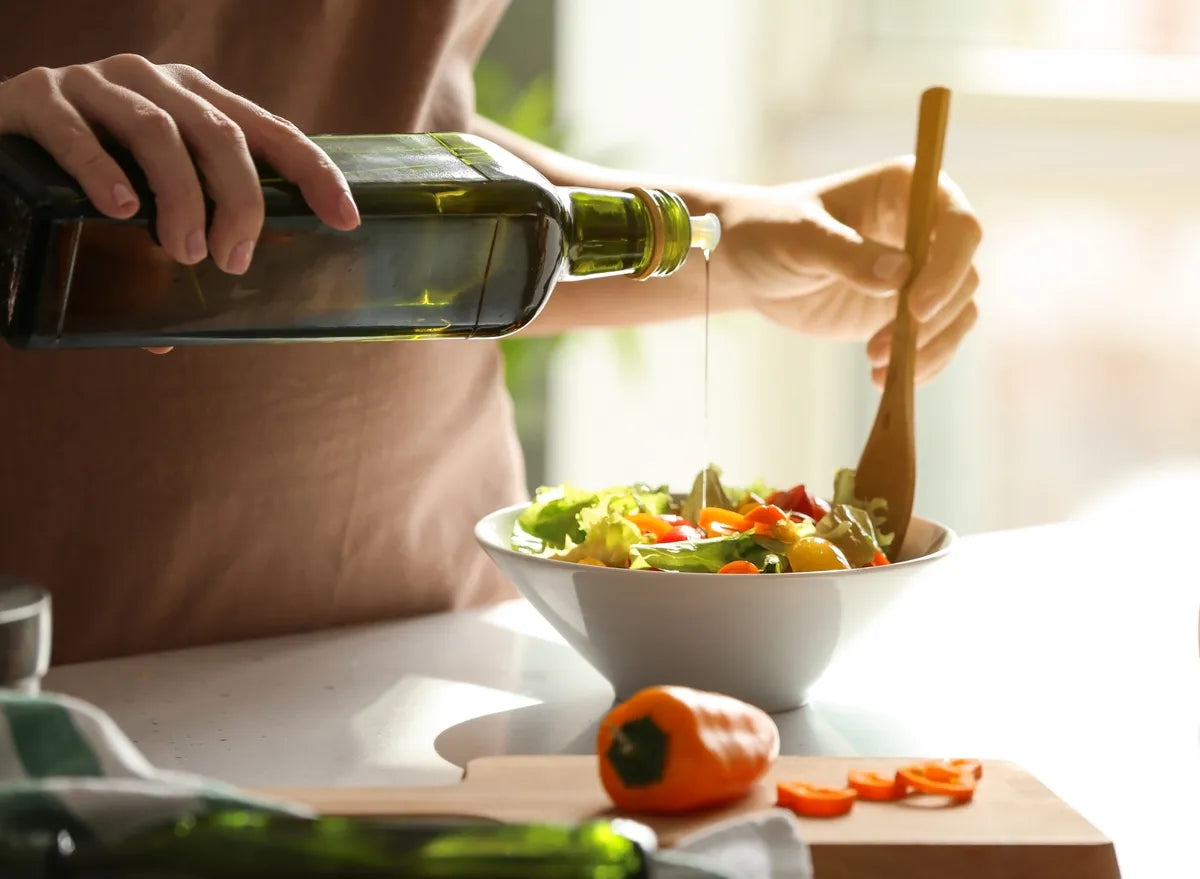The smoke point of olive oil is a vital piece of knowledge for kitchen professionals, home chefs, and anyone who cooks regularly. By understanding this concept, you can master various cooking techniques and create healthy, flavorful dishes. So, what exactly is the smoke point of olive oil, and why is it so important in cooking?

Defining Smoke Point
The smoke point is the temperature at which an oil or fat begins to produce smoke and start to break down. When it reaches this point, it releases harmful compounds and loses most of its beneficial properties. This is critical in cooking because using oil beyond its smoke point can compromise both the taste and nutritional value of your dish.

Discovering Olive Oil's Smoke Point
Different types of olive oil have varying smoke points:
- Extra Virgin Olive Oil: Typically, its smoke point is 375F (191C).
- Virgin Olive Oil: Its smoke point ranges from 391F to 428F (199C to 220C).
- Pure or Light Olive Oil: This type has a higher smoke point between 468F and 471F (242C and 245C).
How It Impacts Cooking Methods
The smoke point of olive oil determines the best cooking methods for each type:
- Extra Virgin Olive Oil: Best suited for dressings, dips, and low to medium-heat cooking.
- Virgin Olive Oil: Ideal for medium-heat cooking, sauting, and light frying.
- Pure or Light Olive Oil: Perfect for high-heat cooking methods such as frying and grilling.

Health Implications
When cooking with oils, it's crucial to consider the health implications of exceeding their smoke points. Olive oil, known for its rich content of monounsaturated fats and antioxidants, can have its beneficial compounds degraded if heated beyond its smoke point. Research indicates that consuming foods containing these harmful compounds can contribute to oxidative stress and inflammation in the body, which are risk factors for chronic diseases.

Practical Tips for Cooking with Olive Oil
Here are some practical tips to help you cook with olive oil without reaching its smoke point:
- Use a thermometer: Monitoring the oil's temperature can help you avoid reaching the smoke point.
- Choose the right olive oil: Select the type of olive oil that best suits your cooking method.
- Monitor the heat: Start at a low heat and gradually increase it to avoid the oil from smoking.
- Combine oils: Mixing olive oil with oils that have higher smoke points can help prolong its usability at higher temperatures.
Frying and Grilling
For frying and grilling, opt for pure or light olive oil, as they can withstand higher temperatures without breaking down. This ensures the oil maintains its flavor and health benefits, providing a safer cooking environment.
FAQ
Q1: Can I use extra virgin olive oil for frying?
A1: While you can use extra virgin olive oil for frying, it's best suited for low to medium-heat cooking due to its lower smoke point.
Q2: Does olive oil lose its health benefits when heated?
A2: Heating olive oil beyond its smoke point can degrade its beneficial compounds, but using it within its temperature range preserves most of its health benefits.
Q3: How can I tell if olive oil has reached its smoke point?
A3: If you see the oil starting to produce smoke and emit a burnt smell, it has reached its smoke point and should be used with caution.
As an Amazon Associate, I earn from qualifying purchases.
For more tips on cooking with olive oil, visit Olive Oil Times.
Additionally, for guidance on quick kitchen cleaning, check out this article for handy tips.






Leave a comment
This site is protected by hCaptcha and the hCaptcha Privacy Policy and Terms of Service apply.